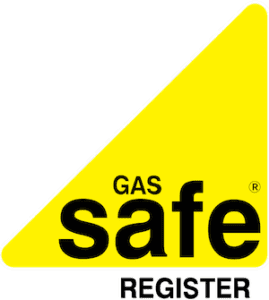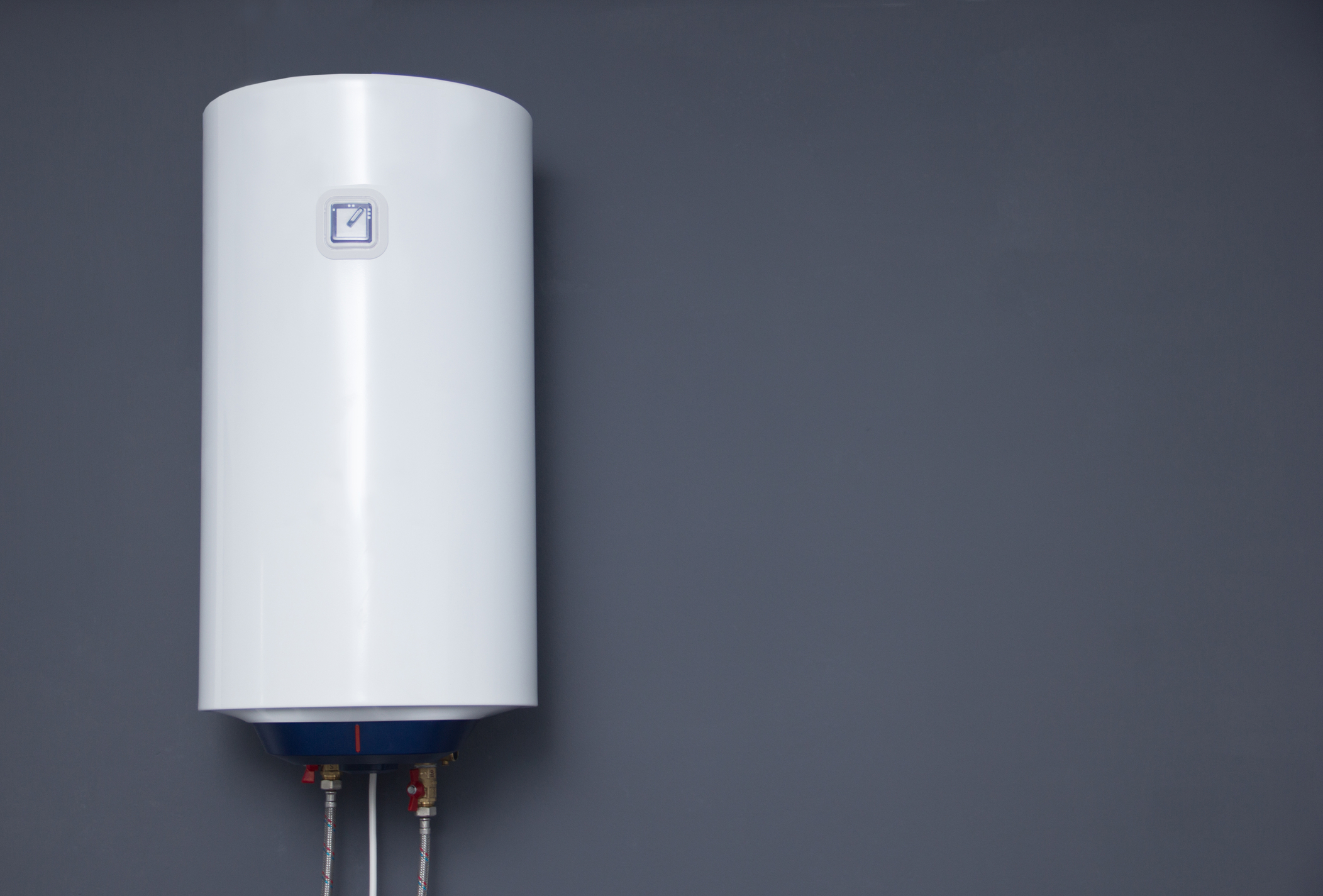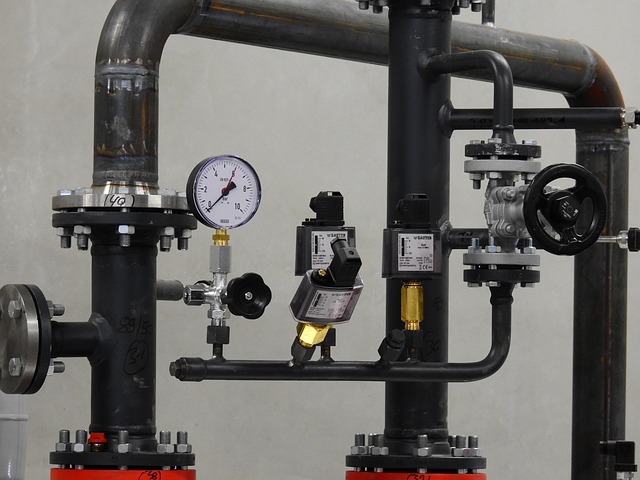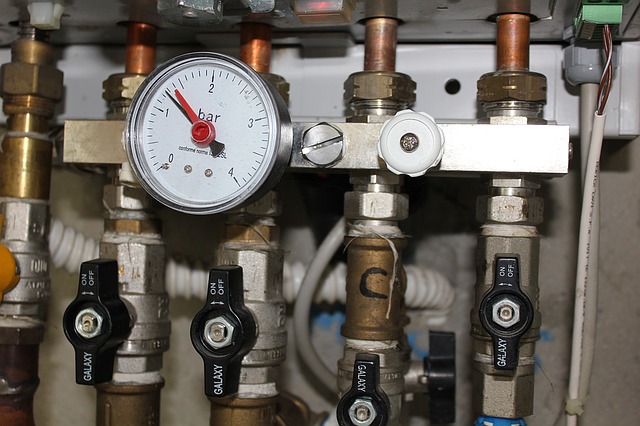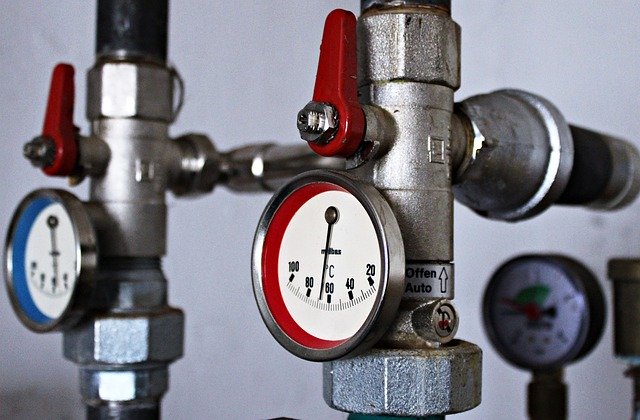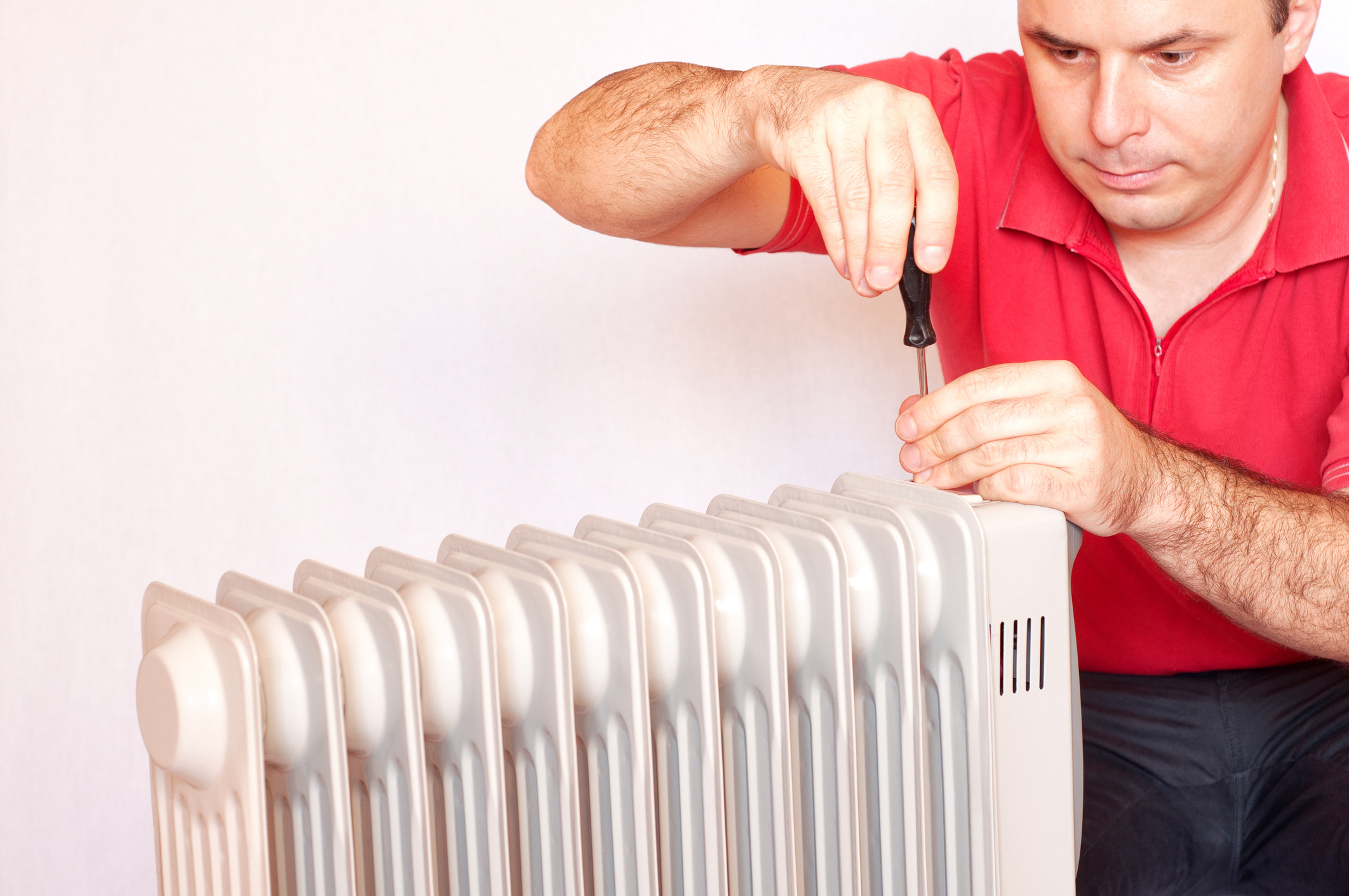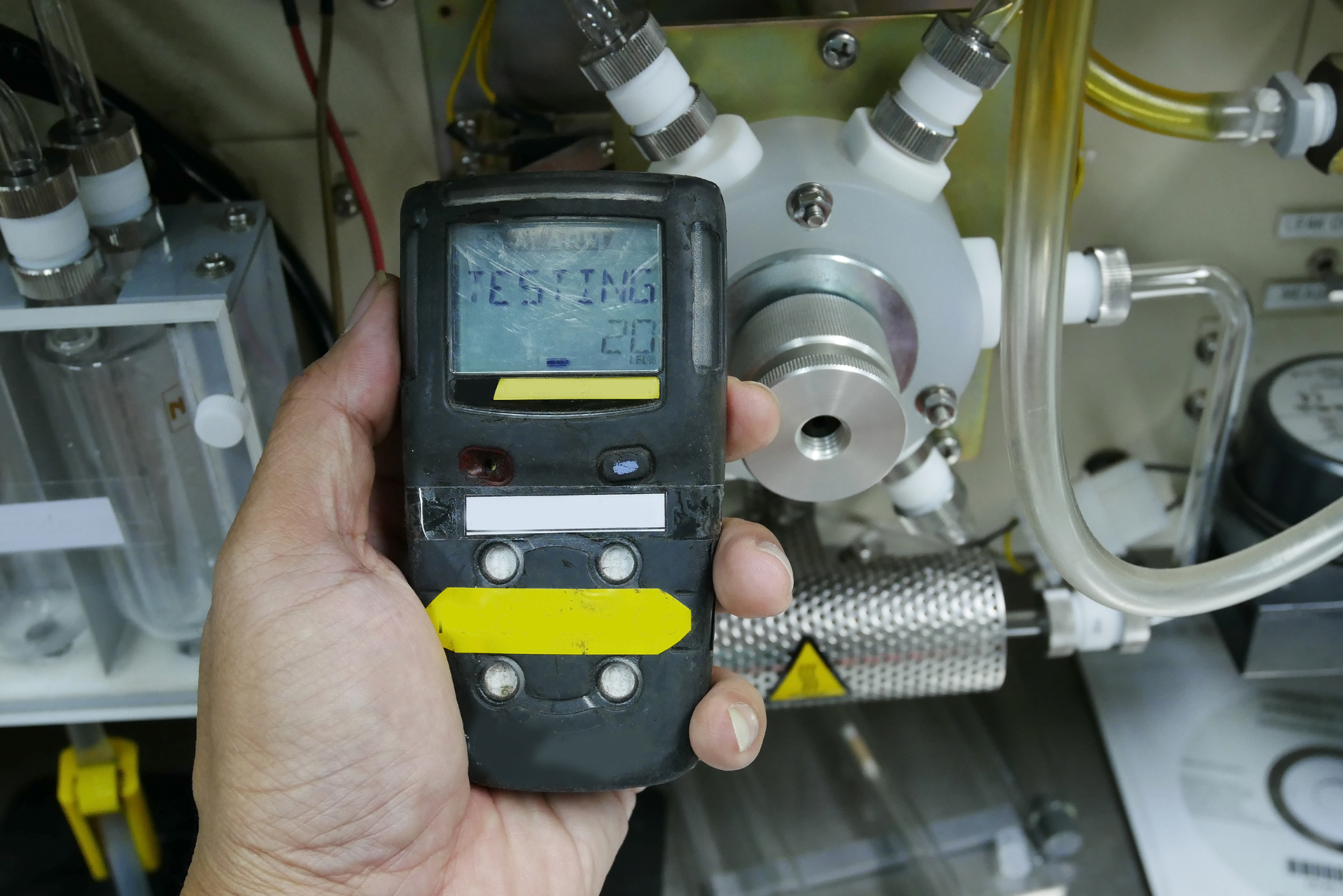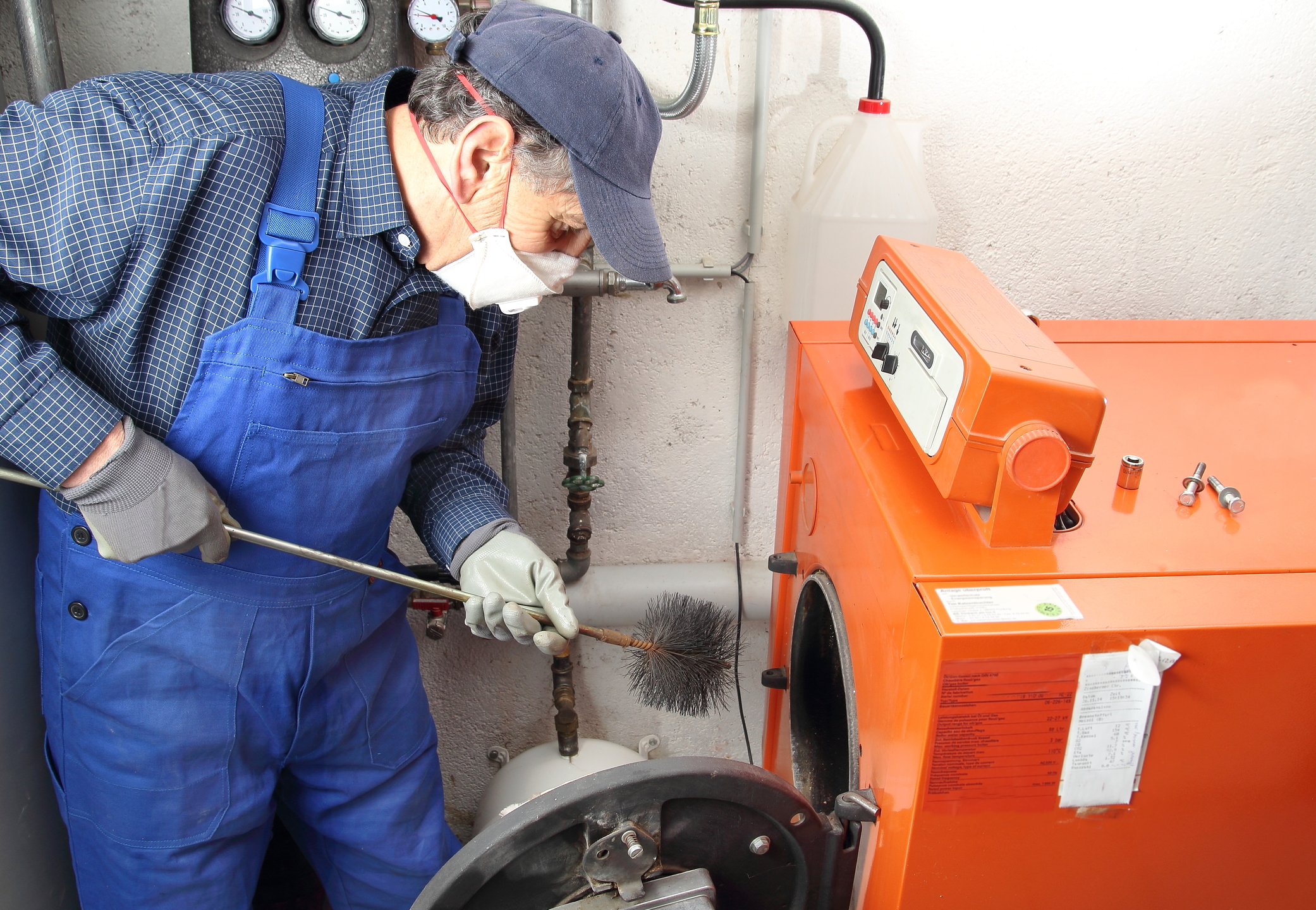What Can I Do To Prevent This From Happening Again?
Once you’ve gotten rid of the sludge and other debris in your radiator system, you may start taking steps to prevent or at least slow down its redevelopment, as well as keep your heating system running smoothly. Here are some ways you may do so:
Install A Magnetic Boiler Filter
A boiler filter is a powerful magnet often installed along your central heating system pipework or somewhere on the boiler. It will collect the sludge, rust, and other heavy metal debris from the circulating water before it can build up in radiators and reduce the efficiency of your heating system.
Make Use Of A Scale Reducer
Similar to a magnetic boiler filter, a scale reducer will protect your central heating system from the damage caused by hard water and limescale. If you live in an area with hard water, a scale reducer is vital to keeping your central heating system efficient.
Add Radiator Inhibitors
You will want to add this liquid chemical into your central heating system. It serves as a protective coating against corrosion within your boiler, pipes, water pump, etc.
Schedule Regular Radiator System Flushing
To maintain the warmth that your heating system provides, make sure to have it regularly checked and flushed. After all, you wouldn’t want to wait until your boiler is on the verge of breaking down again!
What If None Of The Methods Above Work?
If none of the methods above work, you and your gas safe registered engineer may want to discuss the possibility, and the cost, of getting a new boiler or a new radiator. This is especially the case if you are using an old central heating system.
Final Thoughts
Fixing a faulty radiator doesn’t always have to be so complicated! Hesitant about dealing with a defective radiator yourself? Call an expert heating engineer from Plumbingforce today!
Find the best local plumbers in the UK!
Have you ever come home, fully expecting to have a lovely evening that starts with a hot shower followed by a warm, toasty evening in bed? Imagine being confronted, instead, with the fact that you are getting hot water to your taps, but no underfloor heating and hot air from your central heating?
If so, you’ve come to the right place! This guide will walk you through everything that could be causing the fact that you have some hot water but no heating.
Do note that finding out where the problem lies precisely will require some trial and error. To help you narrow it down, though, we’ve come up with a list of the most common reasons as to why this could be happening. Ideally, by the end of this guide, you will have ruled out possible causes to your problem, and most importantly, will have figured out what is wrong with your boiler or your central heating system.
Common Causes Of Having Hot Water But No Heating
Radiator-related Problems
Because your boiler has been functioning correctly to power up your water heater, check your radiators first. Check to see if any of them are warm. If none of them is warm or only mildly warm, then it is safe to say that your central heating issues are directly related to your radiators.
If you think this could be the problem, consider bleeding and cleaning your radiators. All you need is a radiator bleed valve. You will use to turn the bleed valve in the side of the radiator. Before doing this, make sure that you have towels or buckets ready to catch the dirty water and sludge that would come from your radiators. You can read about cleaning and bleeding your radiators here.
Thermostat Settings
You may also want to check your thermostat for any potential issues that may be causing your central heating system to malfunction. Here are some things you should be on the lookout for:
- Is your central heating switched on?
- Is it turned up properly to the correct temperature?
- Did you set for your heating to power up at the correct time? (Your clock may be on 24-hour clock settings, which means you probably could have put the time incorrectly)
- Do you need to adjust your room thermostat clock? Has your clock gone forward or backward?
- Did a recent power outage reset your boiler?
For most issues involving a faulty thermostat, all you have to do is check the user manual for instructions or a walkthrough on how to make the necessary adjustments. Also, check for drained back-up batteries and ask the people in your household if someone had been messing around with the room or boiler thermostat. After all, the only problem you may be having is miscommunication!
Connect with the best local plumbers and boiler engineers near you
Low Boiler Pressure
If the issue isn’t with your radiator or your thermostat, then your boiler may be worth checking. If the water pressure in your boiler is too low, then it could affect the performance of your central heating system.
To find out if you have low boiler pressure, check on the pressure gauge if your pressure level is at or below one bar.
Resetting your boiler may do the trick. There should be a reset button or switch on your gas boiler, which you have to press to trigger a soft-reset. But, if you have to open a boiler cover or casing to access this button, DO NOT DO IT, as doing something like this may be risky.
If you are using an electric powered boiler, turn the power off, wait 30 seconds, and then turn it back up. You may also want to repressurise your boiler using either a filling loop or a repressure key. Read your user manual or this DIY Guide for more information on repressurising a boiler.
If repressurising your boiler does not work, you may be dealing with a larger issue, which you may or may not identify by checking the fault code on your boiler. Low boiler pressure may be a result of a boiler problem listed below
- A water leak in the boiler, radiator, or pipe work.
- A faulty boiler component (i.e., a malfunctioning heat exchanger, failure to deliver gas supply to your combustion chamber or power to your heating element)
- Recent boiler bleeding
Malfunctioning Motorised Diverter Valve
Out of all the possible reasons for your water heater – central heating system issue, a faulty diverter valve is the most plausible.
The diverter valve is a part that can be found in a combi boiler, but not a system boiler or a conventional boiler. It is responsible for switching the heat between your water supply and your central heating system. It makes use of an opening and closing mechanism to alternate between providing heat to the two.
So, if you find that your water on your tap is getting heated, while no hot air is coming out of your radiators, that only means that the valve is stuck or not opening up for your heating system. If this is the case, then your valve will need to be repaired or replaced.
Do note, though, that a relatively newer boiler will be easier to fix as parts for these kinds of boilers are readily available. Meanwhile, a combi boiler that is of an older model may be hard to source parts for.
It’s None Of The Above, What Should I Do?
There are many other reasons as to why you could be having problems with only your central heating only, and not your hot water supply. In cases like this, it would be best for you to contact a heating engineer to check the issue out.
Moreover, it would be best if you remembered that appliances like boilers should be best addressed by a heating engineer who is skilled and qualified in the maintenance and installation of such. To ensure that you and your heating equipment is safe and in good hands, hire a local gas safe registered engineer, or book one through Plumbingforce!

